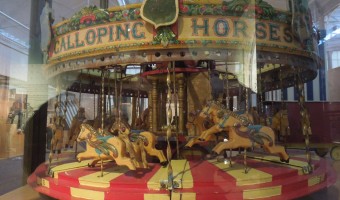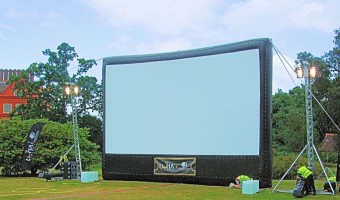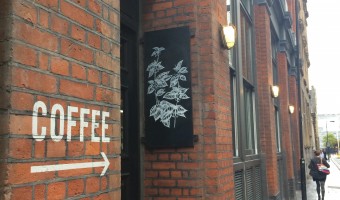From Rags to Riches
Synonymous with the 2012 Olympics, Stratford has undergone significant alterations in the past ten years. Once derided by Londoners as "stinky Stratford" due to the countless noxious industries and slaughterhouses, the area has been subject to one of the largest regeneration projects in the history of London. After £9 billion of investment precipitated by the Olympics, Stratford has been transformed into an irresistible combination of the ineffable character of the traditional East End and the modern city.
A Brief History
With a history stretching back to 1067, Stratford’s history- until recent years- has been defined by industry. By the 19th century, Stratford was becoming increasingly industrialised, with a variety of factories operating in the area. Throughout the 19th century, Stratford inexorably grew due to the construction of a docking area and railway station. The railway, like the docks, became a significant local employer and boosted the local economy in the process. Subsequently, Stratford improved its infrastructure to accommodate new workers and became one of Greater London’s most densely populated areas in the process.
However, during the 20th century, Stratford, like many areas in East London, suffered significant de-industrialisation. Compounded by the closure of the London Docks in the 1960s, efforts to rejuvenate the area through the Stratford Shopping Centre fell flat. Between the tragic closure of the docks and 2005, Stratford was a much maligned part of London that was in desperate need of sizable investment.
When London was announced as the host city of the 2012 Olympics, the area was irrevocably changed in both spirit and appearance. Over the following years, Stratford received substantial investment that rendered the area nigh on unrecognisable. Formerly dilapidated areas transfigured into an island of exciting new stadiums, shopping centres and hotels surrounded by serene waterways, spaghetti like roads and railway lines. According to experts, the Olympics provided an “unparalleled impetus to an area”.
In the summer of 2012, millions of people traversed the grounds of an area that was vastly different to those of ten years ago. “What's not to like? A former wasteland has been changed into a beautiful, flora and fauna filled green space”- a James Stephenson, a local resident.


Queen Elizabeth Olympic Parkway
Officially unveiled in 2012, the Queen Elizabeth Olympic Park is open every day of the week and is free to visit. The location of some of Britain’s greatest Olympic triumphs, the Queen Elizabeth Olympic Park contains the London Arena-home of West Ham United FC-, the architecturally stunning London Aquatics Centre, The Copper Box Arena, VeloPark, the ArcelorMittal Orbit, Lee Valley Hockey and Tennis Centre- along with leafy parklands, peaceful waterways, playgrounds and cafes.
The Queen Elizabeth Olympic Park is a wonderful place to take in the surroundings and relax. Formerly industrial wasteland and abandoned properties, the area is a tranquil retreat from London’s city centre. Outside of match days at the London Stadium, the verdant parkland is populated almost exclusively by dog walkers and locals enjoying the calm ambiance of the area.
The ArcelorMittal Orbit provides stunning views of both the Queen Elizabeth Olympic Park and some of central London’s most iconic landmarks. Designed by Anish Kapoor and Cecil Balmond, the UK’s tallest sculpture additionally functions as a tunnel slide. The ArcelorMittal Orbit, constructed from 35,000 bolts and enough steel to make 265 double-decker buses, is one of the enduring visual legacies of the London 2012 Olympic Games. Due to its ingenuity, the ArcelorMittal Orbit’s extraordinary looping structure has become a synonym for design innovation and playful creativity. However, there is much more to Stratford than the Queen Elizabeth Olympic Park.


The Church of St John the Evangelist
The Church of St John the Evangelist is a stark contrast to the modernisation of Stratford that is embodied by the Queen Elizabeth Olympic Park and the Westfield Shopping Centre. Constructed in the 1830s, the Church of St John is a beautifully ornate neo-Gothic structure that stands proudly in the centre of Stratford. The most eye-catching feature of the Church of St John is a three-stage spire which is supported with flying buttresses.
The Church of St John is significant for its history. During World War Two, the church’s crypt was transformed into an air raid shelter for local residents, providing a haven from the torment that raged in the vicinity for several years. The churchyard contains homages to naturalist Antonio Brady and a dedication to the Stratford Martyrs, a collection of Protestants that were burned at the stake by Queen Mary in the 16th century.
Theatre Royal
Designed by revered architect James George Buckle, the Theatre Royal opened in 1884. As Stratford expanded during the late 20th century, the Royal Theatre enjoyed increasing popularity due to performances of plays written by the likes of George Bernard Shaw, William Shakespeare and Oscar Wilde.
During the Second World War, the Royal Theatre temporarily closed its doors while Stratford was heavily targeted during the air raids. Following the conclusion of the Second World War, the Royal Theatre re-opened with a performance of Alice in Wonderland.
As Stratford experienced chronic deindustrialisation, the Royal Theatre declined in popularity. In the 1970s, the theatre faced closure due to the planned construction of the Stratford Shopping Centre, but public support ensured the theatre continued its legacy. In 2006, the theatre underwent some cosmetic changes to coincide with the Olympics. Now, a regal combination of red and gold conceal the exterior of the property, while the interior retains much of its original Victorian structure. Consult the Royal Theatre’s timetable before visiting this building that has battled through over one hundred years of history. “The theatre is committed to developing new work by providing a platform for those voices underrepresented in the ever-changing communities of the East End of London”- Kerry Michael, an associate director of the theatre.


The Rooftop Cinema Club
With panoramic views of Stratford and East London, The Roof Top Film Club is a unique experience during the summer months. Visiting the Roof Top Film Club is the ideal way to spend a warm summer’s evening and will directly impact visitors’ assessment of any film shown.
The Roof Top Film Club uses state of the art equipment to battle the elements. The external traffic and often grating munching of popcorn is blocked by wireless headphones, ensuring classic cinematic moments endure. Comfortable deckchairs provide the seating, while the large screen beams handpicked new releases or iconic films. With the films starting at sunset each evening, the stars on the silver screen are not the only stars on view. “Combining the city and the cinema, the Film Club in Stratford is a social cinema that intends to leave a lasting impression on guests from across the globe” so said the Huffington Post.


Sebastian Coe, the chair of the London 2012 big, stated that “legacy is probably nine-tenths of what the bid for the Olympics is about-it’s more than just 16 days of Olympic sport. It’s about leaving an indelible mark on the local area”. The nebulous concept of legacy has hung heavy over Stratford since the Olympic torch began its arduous journey to Rio de Janeiro following the conclusion of London 2012. Years later, the London 2012 Olympic legacy is tangible, continuing to expand through every new building, business and intrepid explorer that visits Stratford.
 The Metamorphosis of Stratford
The Metamorphosis of Stratford


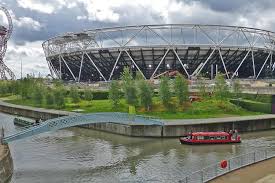
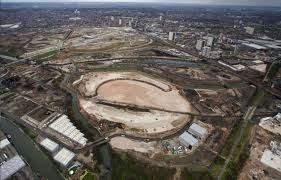
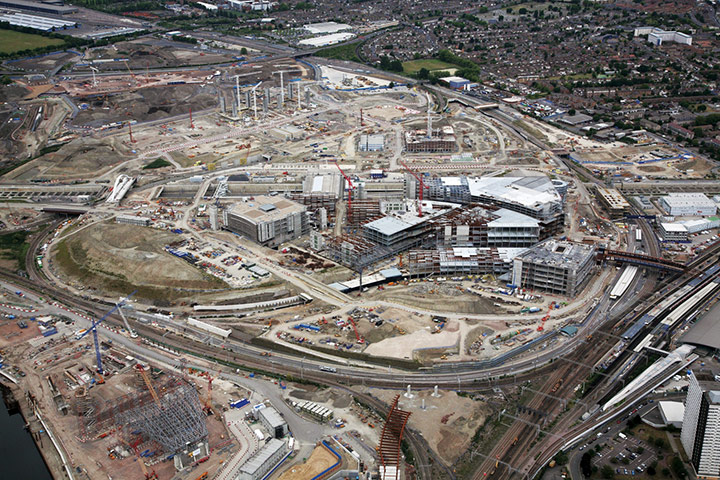
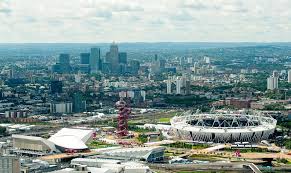
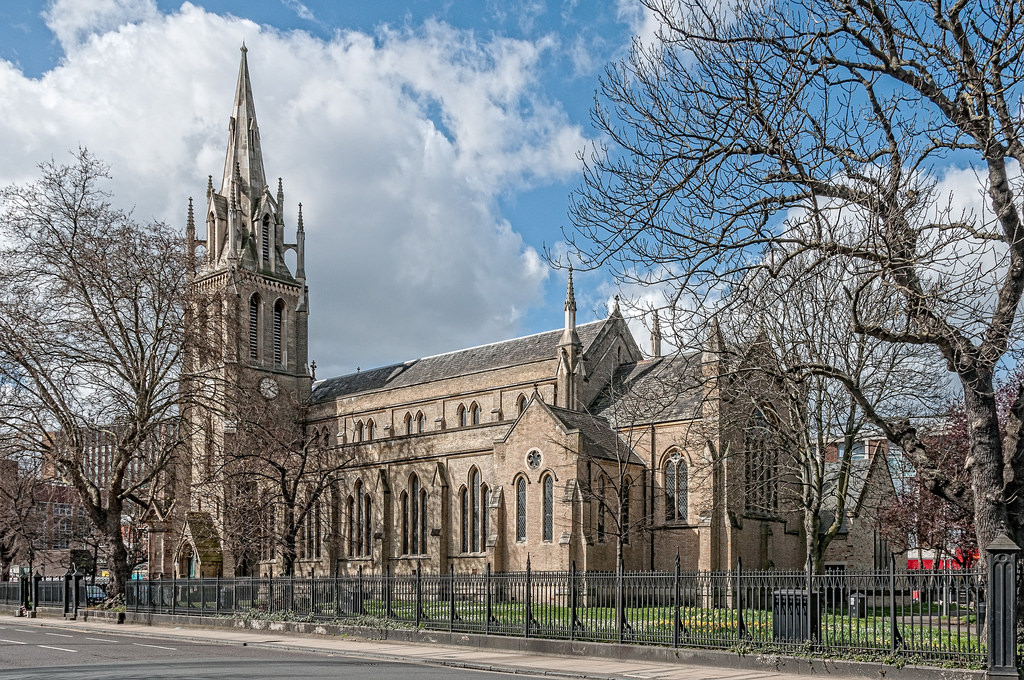
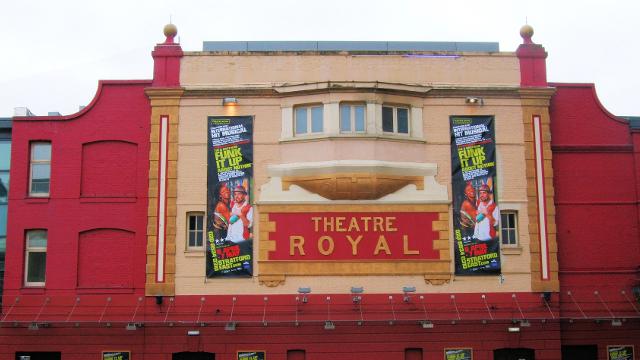
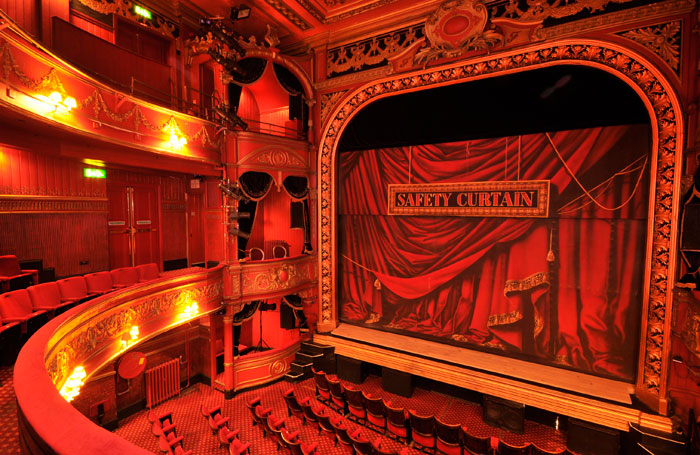
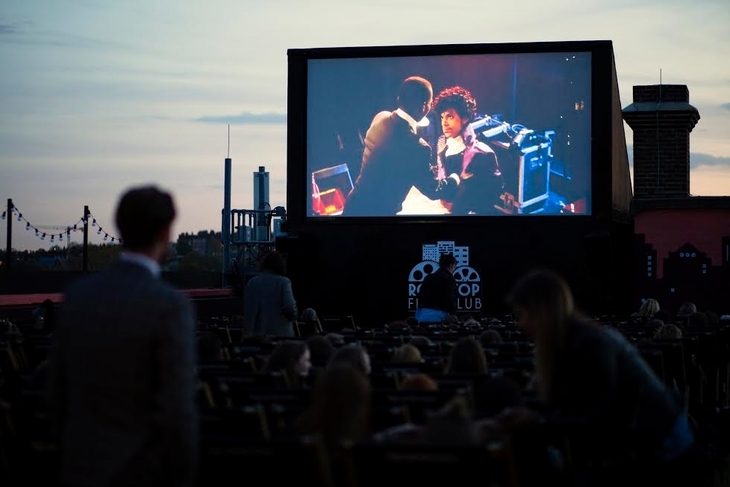
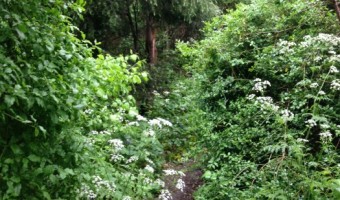
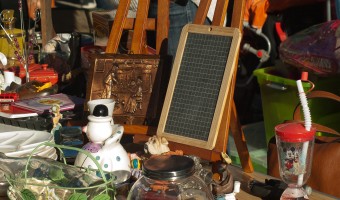
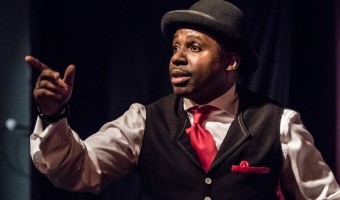
 Load more triptoids
Load more triptoids